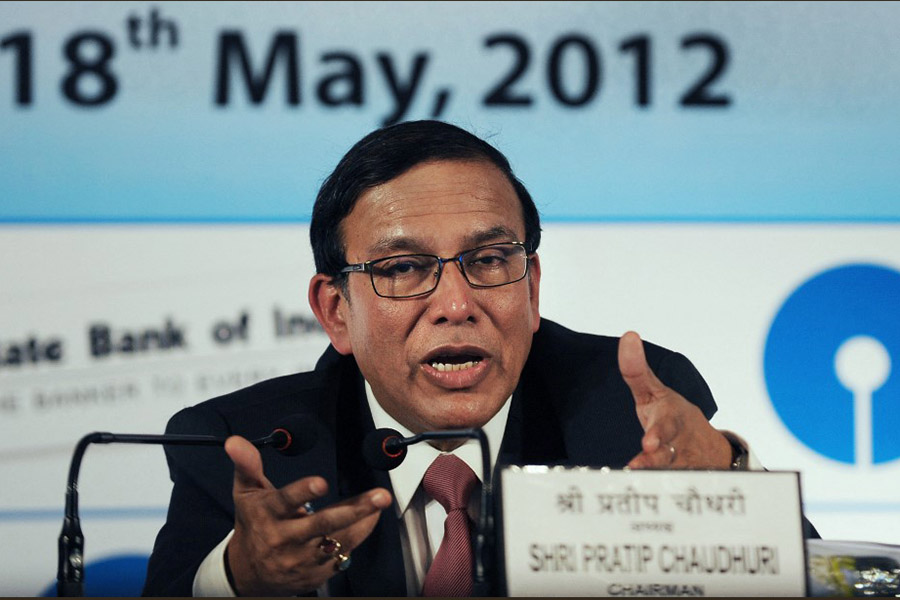Forbes India – SBI, SBI Chairman, Pratip Chaudhuri: the risk of being chairman of a public sector bank
/>
Reading the arrest of Pratip Chaudhuri, the former Chairman of the State Bank of India (SBI), brought back a flood of memories from 2002-03 when I was running around trying to raise the first infrastructure fund. from India. I interacted with Chaudhuri a few times when he was vshairman and I enjoyed our interactions.
But this blog does not deal with his arrest and the case in which he is involved as I was not involved in this transaction and cannot comment on it. Rather, it is the biased risk-return scenario that senior management in SOEs faces.
Let’s go back to 2002. I had just taken charge of the creation of an infrastructure fund within the Infrastructure Development Finance Company (IDFC) which had been announced by the then Minister of Finance, Yashwant Sinha, in his 2002 budget speech. By the time I joined IDFC, it had evolved, as had most of the people who had worked on this proposal. When I arrived on board in August 2002, it was already an orphan child.
Along with Nasser Munjee, MD and CEO of IDFC, I began to tour the presidents of various banks and public sector insurance companies. I remember a meeting with Janki Ballabh, who was the chairman of the SBI at the time. We walked into his huge office to discuss his commitment to the proposed fund. He was prepared to commit only a small sum. The meeting did not end well. Lucky for us, he quickly retired and AK Purwar became president. He supported our fund and came as a benchmark investor with a strong commitment, just like LIC [Life Insurance Corporation], Bank of Baroda and Union Bank of India.
I remember talking to the presidents of these institutions, once I got to know them better, and asking them what made them decide to invest in us. The risk-reward proposition has been skewed against them. If the investment was going well, they wouldn’t get any credit because they’d be retired a long time ago (we were in the process of setting up a 10-year fund). If the investment went badly, there was always the risk that one member of the dreaded 3 Cs – CBI, CVC and CAG – the three government investigative / audit agencies – would question their decision and their retirement would become chaotic.
When I got on board I was also concerned about how I should handle any pressure from the government to make a bad investment. I asked Deepak Parekh, then president of the IDFC, to introduce me to Dr SA Dave, former president of UTI, the very influential manager of state funds. I wanted his opinion on this. The only part of our discussion that I remember from that reunion in 2002 was that the game was over the first time I compromised myself. I have followed this advice until today.
Over the years, I have had friends who were senior officials of the IAS or senior officials of public sector banks and were harassed during their retirement about the transactions that took place under their supervision. Dr Vijay Kelkar, my former president of IDFC PE, put it very well in his “Report of the Committee on the Review and Revitalization of the Public-Private Partnership Model for Infrastructure”: Not every decision can be dealt with. from the outset as in bad faith. I wrote about this in 2016 in Forbes India.
Over the years, I’ve also learned that you need to make sure your paperwork is in place to make sure you don’t stumble upon a technical detail. The problem is having access to these documents after you retire. Sometimes the witch hunt guarantees that you cannot access these files and may have to pay for your legal defense. If you were an honest public servant, it is a financial blow that you cannot afford in retirement. There is also enormous personal embarrassment for you and your family when you are publicly accused in the media.
I am a chartered accountant and I appreciate the importance of checks and balances and the importance of audits. I also know that there is a lot of fraud. The problem is that many officials in investigative and justice agencies do not fully understand business decision-making and the risks involved in trying to predict the future. We have seen enough instances where outrageous allegations have been made by investigative agencies that do not stand up to financial scrutiny. It is always easy to lay charges in hindsight. Thirty years ago, I led a session for the CAG on currency risk hedging. It was part of a training program funded by the World Bank if I remember correctly. We also organized a simulated forex training game for them. The main message was that it is difficult to make precise projections about the future.
Thus, the principle of “any decision cannot be treated straight away as being in bad faith” must be set in stone.
One last comment: how did our 2003 vintage fund go? A gross IRR of 45%. At least these presidents don’t have to worry about this investment disrupting their retirement.

